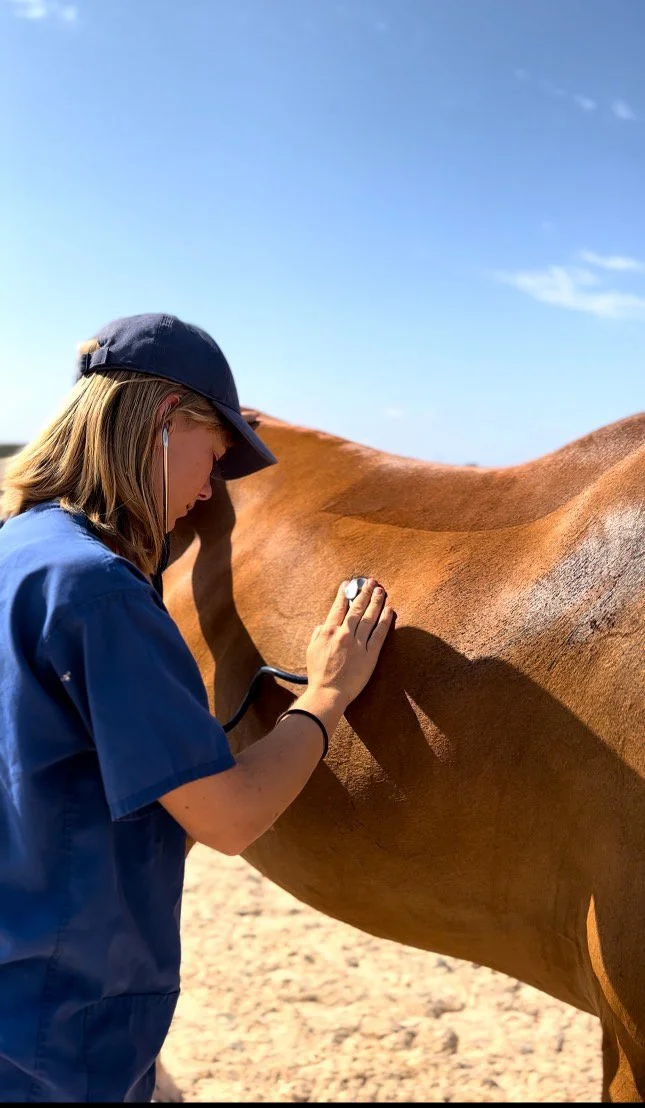Mobile Veterinary Services in the Algarve
As a licensed veterinarian, I bring professional mobile care directly to your stable — from routine check-ups to specialized treatments. Alongside veterinary services, I also offer equine salt therapy, a natural and non-invasive treatment that supports respiratory health, skin conditions, and overall performance.
My goal is to combine veterinary expertise with innovative therapies to help your horse feel and perform at their best.
Why your horse might be needing Salt Therapy
